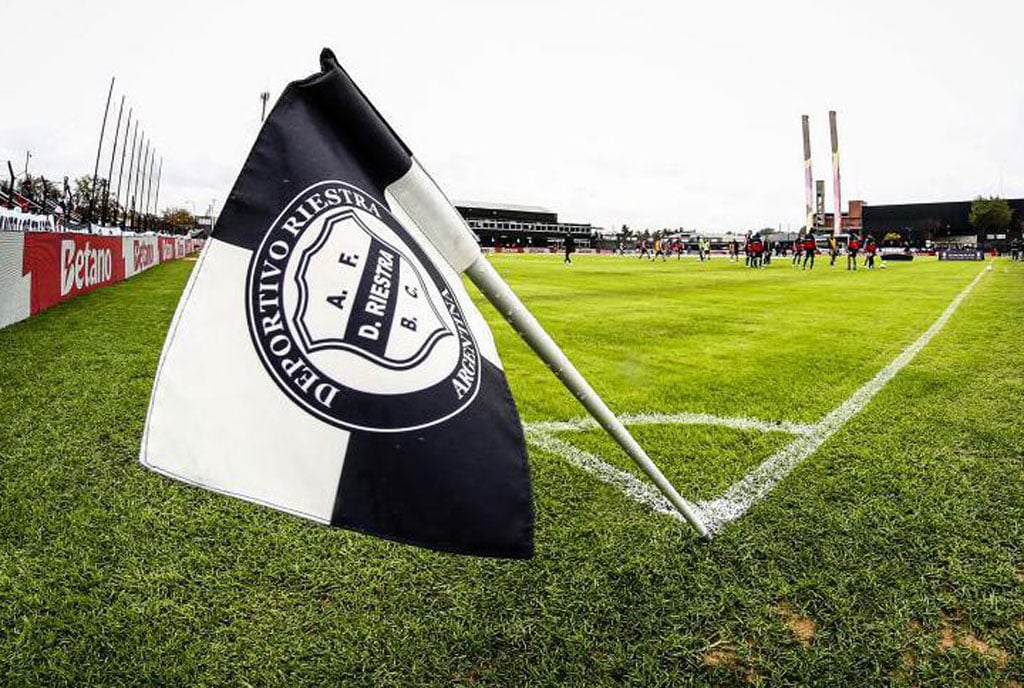Coaches enhance breaststroke skills

Participants pose for a photo. PHOTO/MAKHTUM MUZIRANSA
What you need to know:
Peter Mugisha, who formerly served as USF general secretary and vice president (administration), said "when pulling, think of creating a pot. Pull from the top, then make a circular motion towards the chest."
The Uganda Swimming Coaches Association stroke school entered the third phase on Saturday at Hotel Le Grande in Bwaise.
Over 50 coaches turned up to enhance their handling of breaststroke knowledge under the guidance of Dolphins' coach Tonnie Kasujja and Makerere University Sharks counterpart Thomas Tamale, who doubles as Usca treasurer.
Breaststroke is widely popular. In some parts of Europe, it is taught first to learners "because it is a survival stroke," Kasujja explained.
Actually even in Uganda, adults trying to learn how to swim, usually start with breaststroke.
You just have to attend a local swimming event to see the number of entrants it attracts that is probably why it is important for coaches to be on the same page over the basics involved.
"It seems like the easiest stroke yet it is probably one of those we get wrong at performance level," Sailfish coach and Usca general secretary Joseph Kabogoza told colleagues.
In the room it attracted more discussion than freestyle and backstroke handled previously. So much so that the facilitators had to take back seats for a while as most tried to explain their analogies, especially for the arm movements.
Different approaches
"When I am teaching children the arms movement, I tell them to think of their arms in a bucket scooping ice cream. That way they do not pull too wide because a bucket is small," Kabogoza explained.
Peter Mugisha, who formerly served as USF general secretary and vice president (administration), said "when pulling, think of creating a pot. Pull from the top, then make a circular motion towards the chest."
Allan Kiiza, the Usca president, said he tells players to think of "drawing a heart from the top then pierce through the bottom." "But most importantly, remember to put in mind the age group you are working with when using analogies," Kiiza added.
Coach Simon Busulwa, of Lions, is probably one who is still relatively competitive in the stroke and was helpful in explaining the pull.
"The elbows should never sit on your ribs. Also try to keep your head below the arms in the streamline because having them on the same level is limiting," Busulwa said.
The explanations about the kick also raged on for a while with Kasujj emphasizing that the "most common problem is having wide knees. Knees should be in line with the hips and one has to take a kneeling position when kicking - just like everytime you walk or jump, you almost take a kneeling position (but just at varied degrees)," Kasujja explained.
Core training
In terms of breathing, Kasujja emphasized "a lot of core training," which also helps the general stroke for competitive athletes.
One coach asked why swimmers at world competitions seem to rise high above the water than what we usually see here.
"Swimmers bring their head out of the water, first because its a rule of the stroke, and secondly to breathe," Busulwa said then Kasujja added that "it's a hydro dynamics issue because one moves faster in the air."
Coach Ezra Karali explained that "swimmers with a strong core like (British Olympic gold medalist) Adam Peaty can sustain and have their lower body on the surface of the water. That allows them to have the upper body a bit higher and above the surface than others."




